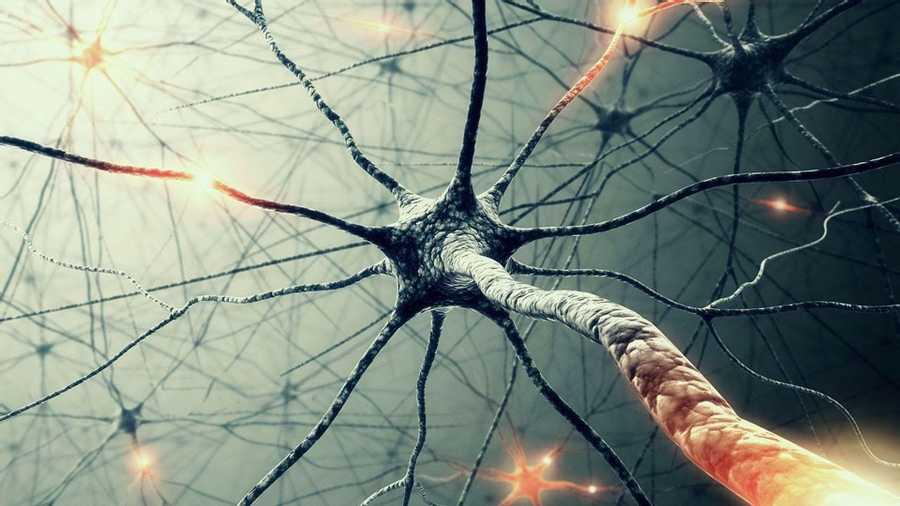Smiling and the brain
Smiling stimulates our brain’s reward mechanisms in a way that even chocolate, a well-regarded pleasure-inducer, cannot match.
136
657 reads
CURATED FROM
IDEAS CURATED BY
The idea is part of this collection:
Learn more about personaldevelopment with this collection
How to communicate effectively with teachers
How to create a supportive learning environment at home
How to manage your child's school schedule and activities
Related collections
Similar ideas to Smiling and the brain
Your Body Language
Just like our words need to be positive, vibrant and free of ego, your body language has to match, and a smile is the best way to portray it quickly. A gentle smile with a palms-up gesture suggests openness and comfort. Smile slowly, not in a hurry, and don't grin.
Smiling...
Memory And The Brain
Memory is the brain’s way of integrating sensory-motor information into a symbolic representation that allows prediction of future occurrences. To better memorize it’s important to engage with the material in a way that complements how the brain performs this task.
The brain evolved ...
Dopamine(C8H11NO2)
- Dopamine is a neurotransmitter that sends signals from one neuron to another.
- Whatever your drug of choice, chocolate, nicotine, amphetamines, sex, social media, or shopping, dopamine is the final common pathway for all pleasurable, intoxicating and rewarding exper...
Read & Learn
20x Faster
without
deepstash
with
deepstash
with
deepstash
Personalized microlearning
—
100+ Learning Journeys
—
Access to 200,000+ ideas
—
Access to the mobile app
—
Unlimited idea saving
—
—
Unlimited history
—
—
Unlimited listening to ideas
—
—
Downloading & offline access
—
—
Supercharge your mind with one idea per day
Enter your email and spend 1 minute every day to learn something new.
I agree to receive email updates


